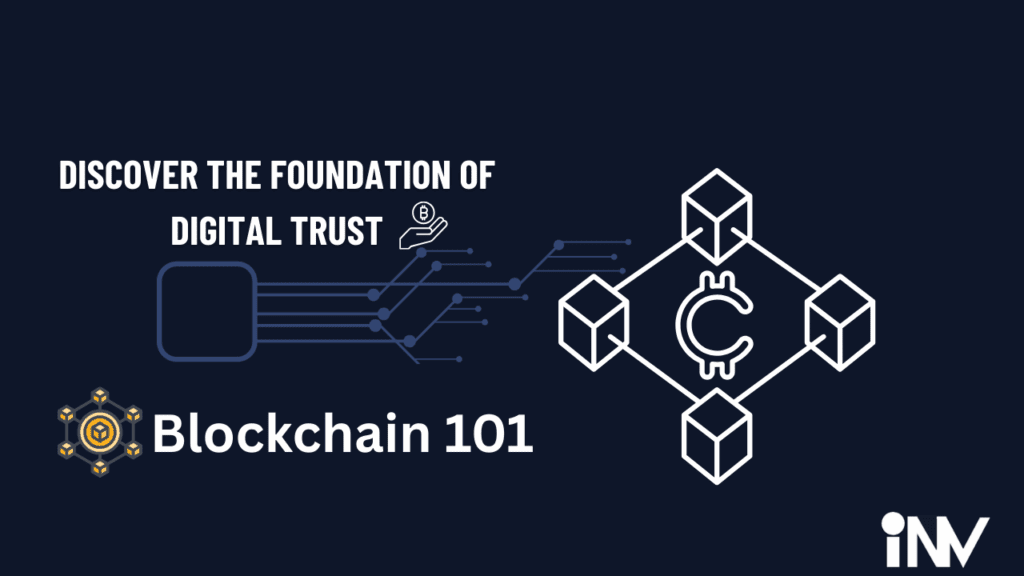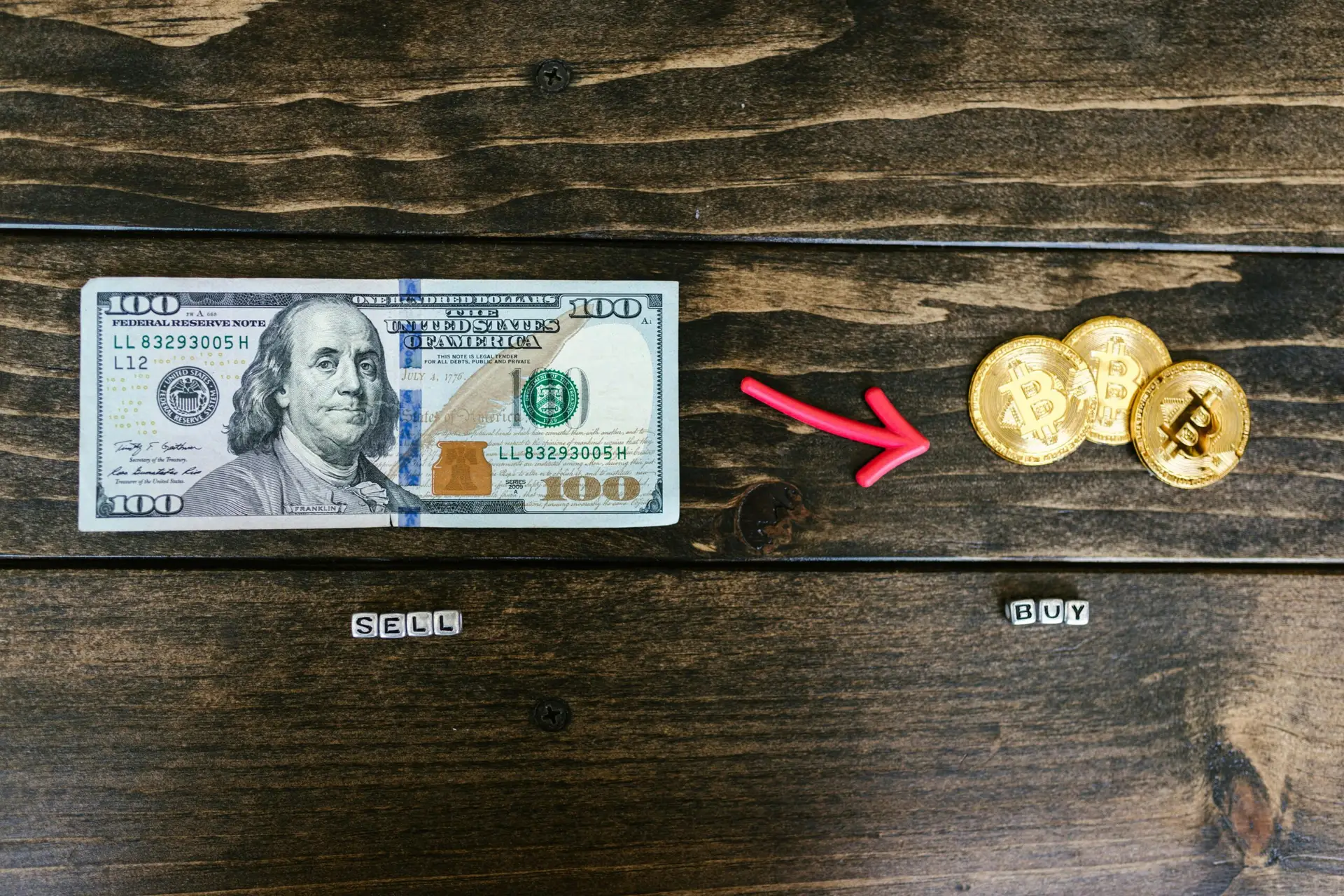🚀 Introduction: Why Blockchain Matters – Enter the Trust Revolution
Welcome to “Blockchain Basics”, your quick-start guide to one of the most groundbreaking technologies of the 21st century! Whether you’re a tech newbie or simply curious about the buzz, this guide breaks it all down in just 15 minutes. ⏱️
Blockchain isn’t just about Bitcoin 💰—it’s a digital game-changer transforming how we share, store, and secure data across industries. But… ❓
- What is blockchain?
- Why is it considered so secure and revolutionary?
- And how could it impact your world?
Let’s decode this digital magic together—step-by-step, block-by-block. 🔓✨
🧩 Module 1: What Is Blockchain? – The Basics Unboxed
🧠 Lesson 1.1: Blockchain, Explained Simply
🔍 Key Question:
- What makes blockchain different from traditional tech?
Imagine a digital notebook 📓 where each entry (block) is sealed and linked with the one before it. That’s a blockchain. And it’s everywhere at once, spread across thousands of computers—no single boss, no easy way to cheat.
🏛️ Centralized vs. Decentralized
- Traditional systems? Run by one authority.
- Blockchain? Power to the people. 🙌
💡 Real-Life Analogy: Think Google Docs 📄—everyone sees updates, but no one can secretly erase history.
🔐 Lesson 1.2: The Pillars of Blockchain – Trust, Transparency, Tech
💡 Key Questions:
- Why does decentralization matter?
- How does blockchain stay so secure?
⚖️ The 3 Pillars:
- Decentralization 🕸️ – Power is shared across a network, not held by one player.
- Transparency 🔍 – Transactions are visible (but identities stay masked).
- Security 🔒 – Data is locked using cryptographic magic 🧙♂️, making tampering nearly impossible.
💡 Example: Bitcoin 🪙 lets people transfer money without banks. Transactions are verified and can’t be erased.
⚙️ Module 2: How Blockchain Works – The Process in Motion
🧬 Lesson 2.1: The Anatomy of Blockchain
🧠 Key Question:
- What are the main building blocks?
🔧 Core Parts:
- Blocks 🧱 – Store transactions, time stamps, and links to previous blocks.
- Nodes 🖥️ – The digital guardians that verify every move.
- Consensus Mechanisms 🗳️ – Rules like Proof-of-Work and Proof-of-Stake to keep everyone honest.
- Smart Contracts 🤖 – Self-running code that executes deals when conditions are met.
🗂️ Think of it like: Ledger pages (blocks) + librarians (nodes) + rules (consensus) = 📘📘📘
🔁 Lesson 2.2: How a Transaction Happens
🧩 Key Question:
- What’s the journey of a transaction?
- Initiation 💸 – Someone starts a transaction.
- Broadcasting 📡 – The network receives and checks the request.
- Validation ✅ – Miners/validators group transactions into a block.
- Recording 🧾 – The block joins the chain—forever.
- Confirmation 🔐 – Everyone sees the change and updates their copy.
It’s like digital teamwork 🤝—trust, but verified!
🔍 Module 3: Where Is Blockchain Used? – Real-World Impact
🏦 Lesson 3.1: Beyond Bitcoin – Industries Being Transformed
🧠 Key Question:
- What industries are using blockchain—and how?
Blockchain is making waves far beyond cryptocurrency. Here’s where it’s turning heads:
- Finance 💳 – Peer-to-peer payments, faster cross-border transfers, and fraud reduction.
- Healthcare 🏥 – Secure patient records, supply chain tracking for medicines.
- Supply Chain 📦 – Track goods from origin to delivery for full transparency.
- Voting Systems 🗳️ – Tamper-proof, auditable digital ballots.
- Gaming & NFTs 🎮🖼️ – Unique digital assets, player-owned economies.
🧠 Think of it as the internet for trust—if trust matters, blockchain might help.
🛠️ Lesson 3.2: Challenges & Limitations
⚠️ Key Question:
- If blockchain is so great, what’s holding it back?
Here are some real-world hurdles:
- Scalability 🐢 – Current blockchains can be slow and energy-intensive.
- Energy Usage ⚡ – Especially with Proof-of-Work systems like Bitcoin.
- Regulation 📜 – Governments are still figuring out how to handle blockchain’s legal implications.
- Adoption 🙅 – Many people and companies still don’t get it… yet.
But innovation is moving fast—solutions are on the horizon! 🌅
🧠 Module 4: Key Terms You Should Know – Blockchain Glossary
Quickfire terms to make you blockchain-fluent! 💬
- Ledger 📘 – A digital record of transactions.
- Hash 🧩 – A unique code that identifies a block.
- Mining ⛏️ – Solving complex problems to validate transactions (Proof-of-Work).
- Staking 🪙 – Locking up tokens to support network operations (Proof-of-Stake).
- Wallet 👛 – A tool for storing your crypto securely.
- Token 🎟️ – A digital asset built on blockchain platforms.
🎓 Final Thoughts: You Now Speak Blockchain!
👏 Congrats! You’ve just completed Blockchain Basics—a speedy, fun-first tour of a complex but powerful technology. You’ve learned:
✅ What blockchain is
✅ How it works
✅ Where it’s used
✅ What hurdles it faces
✅ And key terms to sound smart in your next crypto convo 😎
🧭 Where to go next?
📘 Dive Deeper: Crypto Made Simple 🔍
📖 Check out “Crypto Made Simple: A Friendly A–Z Glossary” – your go-to guide for decoding all the buzzwords and jargon, from Altcoin to Zero-Knowledge Proofs.
🧠 Whether you’re new to crypto or just want to sound smarter at dinner, this glossary makes it all click—fast.
👉 Start exploring the A–Z Glossary now!
📚 Knowledge is power—and in crypto, it’s also profit. 😉





